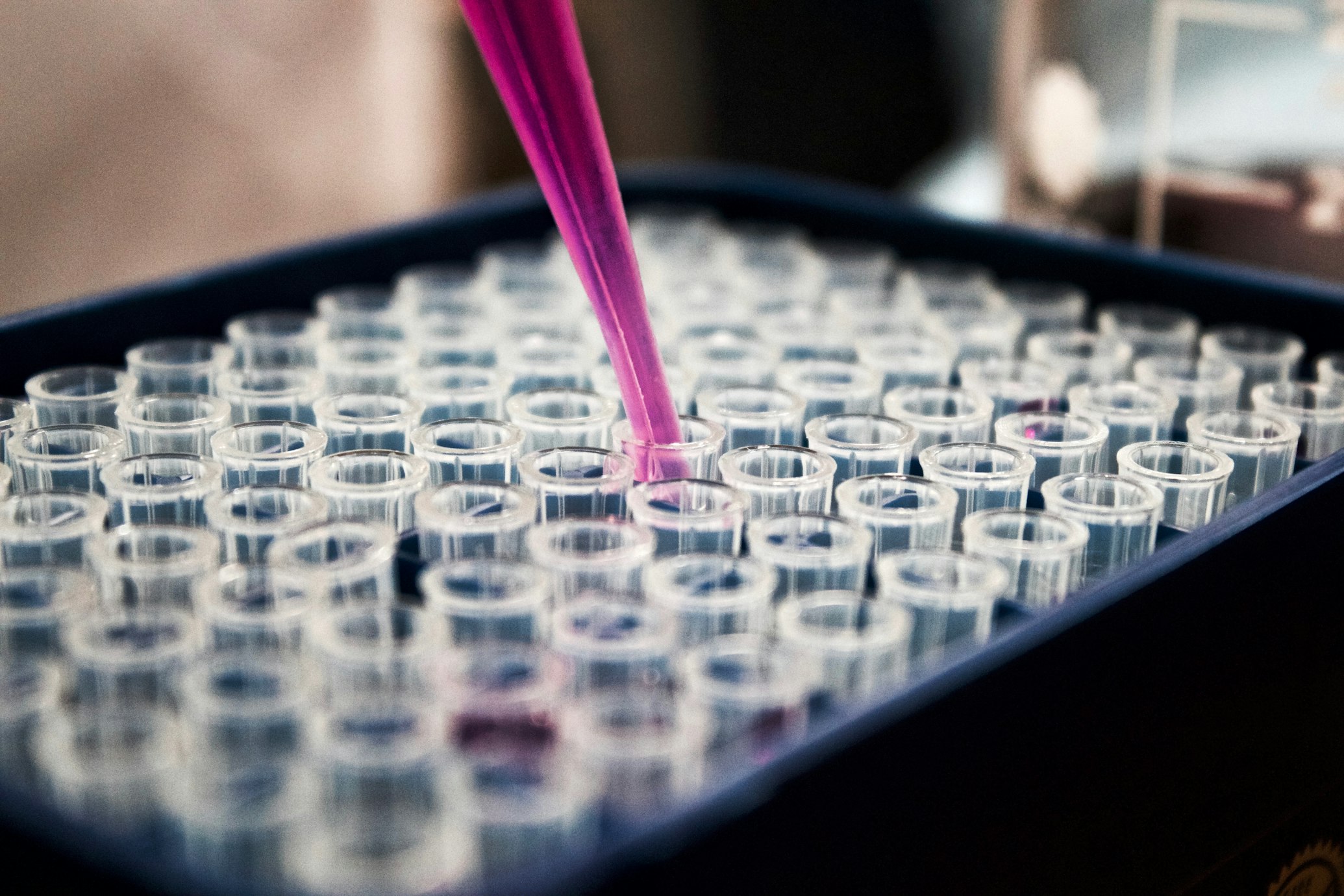Imagine constructing a material sheet so thin that stacking 200,000 layers would barely match the thickness of a human hair, yet so strong it could theoretically support an elephant balancing on a pencil. This is the realm of graphene oxide membranes—materials born from the marriage of carbon nanotechnology and an elegant assembly technique called Langmuir-Blodgett (LB) self-assembly. At laboratories worldwide, scientists are harnessing liquid interfaces to construct these atomically thin architectures with revolutionary precision, opening doors to futuristic energy, optical, and computing technologies 1 3 .
Why Graphene Oxide Needs Molecular Engineering
Graphene oxide (GO)—oxygen-studded cousin of miraculous graphene—possesses extraordinary properties but presents engineers with a formidable challenge:
Nanoscale Chaos
GO sheets in solution resemble a nanoscale whirlwind, with flakes clumping randomly and overlapping unevenly 2
Enter the Langmuir-Blodgett technique—a method conceived in the 1930s to organize fatty acids but now repurposed as nanotechnology's precision scalpel. By exploiting GO's amphiphilic personality (hydrophobic basal planes with hydrophilic edges), scientists can guide floating nanosheets into regimented formations before transferring them onto solid supports 2 5 .
The Nuts and Bolts of Molecular Herding
The LB assembly transforms GO's aqueous chaos into crystalline order through four meticulously orchestrated phases:

How Compression Transforms Floating GO Sheets
| Compression Stage | Surface Pressure (mN/m) | Nanosheet Arrangement | Film Characteristics |
|---|---|---|---|
| Gas Phase | < 5 | Isolated floating sheets | Discontinuous, porous |
| Liquid-Expanded | 5-15 | Edge-contact networks | Semi-ordered mosaic |
| Liquid-Condensed | 15-40 | Tightly interlocked tiles | Low roughness, conductive |
| Solid State | > 40 | Overlapping shingles | Mechanically fragile |
Spotlight Experiment: Painting Light with Dye-Go Nanocanvases
A landmark experiment at the crossroads of chemistry and photonics demonstrates LB's extraordinary capabilities. Researchers engineered GO-Rhodamine B composite films where dye molecules self-organized into optical "antenna" structures on floating GO canvases 2 .
The Blueprint:
- Floating Foundation: GO sheets spread on ultrapure water in an LB trough
- Dye Introduction: Rhodamine B solution injected beneath compressed GO monolayer
- Electrostatic Assembly: Positively-charged dye molecules dock onto negatively-charged GO sheets
- J-Aggregate Formation: Dyes self-arrange into head-to-tail chains enabling energy transfer
- Film Transfer: Silicon wafers lifted vertically to capture 10-50 layer films
Eureka Moments:
- AFM imaging revealed dye nanocrystals aligned along GO sheet edges
- UV-Vis spectra showed J-aggregate peak at 590 nm—the smoking gun for ordered dye stacking
- Energy transfer efficiency from dyes to GO reached 92%, creating artificial light-harvesting systems
| Property | Drop-Cast GO/Dye | LB-Assembled GO/Dye | Enhancement |
|---|---|---|---|
| Surface Roughness | 8.7 nm | 0.9 nm | 9.7x smoother |
| Dye Aggregation Order | Random H-aggregates | Aligned J-aggregates | N/A |
| Fluorescence Lifetime | 2.3 ns | 4.1 ns | 78% longer |
| Photostability | 25% decay in 1 hr | 7% decay in 1 hr | 3.6x stable |

Where Molecular Canvases Transform Technology
The unprecedented structural control offered by LB-GO membranes is catalyzing breakthroughs:
Energy Harvesting 2.0
- In algal biophotovoltaics, LB-assembled GO anodes achieve 35.6% slope efficiency—nearly triple conventional electrodes—by enabling direct electron harvesting from photosynthetic cells 3
- The technique's pore-tuning capability creates ion highways in supercapacitors, delivering 500 F/g capacitance
The Next Frontier:
Equipment-Free Fabrication
Emerging techniques enable LB-like assembly without costly troughs using Marangoni flow 5
4D Nanostructures
Temperature/pH-responsive films that reconfigure post-assembly
Quantum Meta-Materials
GO scaffolds organizing quantum dots into energy-cascading arrays
"Langmuir-Blodgett assembly transforms graphene oxide from a nanoscopic curiosity into an engineered material with dialable properties."
The Bottom Line
What began as a tool for studying soap bubbles now shapes nanotechnology's future. By mastering the ballet of graphene oxide at air-water interfaces, scientists are constructing materials with once-impossible architectures. As these molecular canvases leap from labs to solar panels, biosensors, and quantum devices, they validate physicist Richard Feynman's prescient vision: "There's plenty of room at the bottom." The Langmuir-Blodgett technique ensures we're now decorating that room with atomic precision.